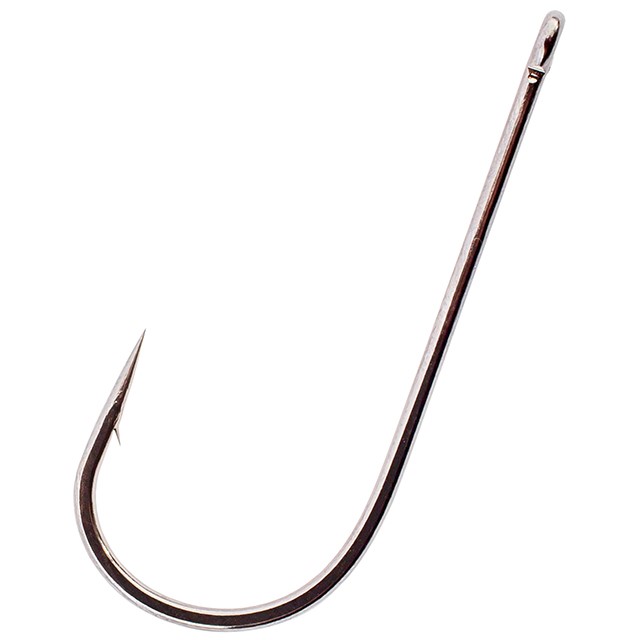Following on from our basic guide to rig making (see previous blog post) a few of you have contacted us to ask if we could explain hooks a little better. If you have anything you would like us to explain in greater detail, please also get in touch and we’ll do our best to blog about it.
There are literally hundreds of different kinds of fishing hooks, all designed to do a specific job and referred to as ‘patterns’. Hooks for sea fishing purposes usually range in size from #6 up to 12/0, with #6 being the smallest and 12/0 being the largest. The forward slash often confuses new anglers but to put this in to perspective, from smallest to largest, the scale is represented like this-
SMALL #6, #4, #2, #1, 1/0, 2/0, 3/0, 4/0, 5/0, 6/0, 7/0, 8/0, 10/0, 12/0 LARGE
It is worth noting that those sizes do not conform to any set dimensions and so one manufacturer’s pattern may differ in size to that of another.
So now we have sizing out of the way, let’s look at some typical hook styles and discuss just what they are used for.
A classic pattern designed for use with worm baits. in the smaller sizes they are an excellent choice for flatfish, though the Aberdeen is also popular with those fishing for a multitude of different smaller species. Larger size Aberdeen hooks have a long shank (the part of the hook between the eye and the start of the bend) and so are suitable for use with sandeel baits.
The gape of a hook is the distance between the point and the shank. A wide gape ensures that even when bulky baits are used, the point still stands proud and should ensure a positive hook up.Not only does the wide gape pattern present big baits well, it also stands more chance of taking hold in the cavernous mouths of fish such as cod and bass.
Originally used exclusively by commercial longliners, the circle hook is now well recognised by sea anglers. The shape of the hook means that when a fish takes it in, it will roll in the fish’s mouth, taking hold in the lip and avoiding deep hooking. This design is popular with anglers using live fish baits for larger predatory species of fish such as bass.
Possibly the most recent hook to become part of the anglers regular armoury here in the UK. The Chinu is an aggressive fish specie native to Japan and gave this pattern its name. The hook is short in both shank and gape, more akin to a carp anglers hook, but is heavy in the gauge and incredibly sharp. Popular in smaller sizes for species such as bream and trigger fish, but the larger sizes make an excellent smooth hound hook when using crabs for bait.
There are a huge number of other patterns, but these are the ones most widely used in the UK for the species we encounter here. There are also variants of the above patterns, take a look at a comprehensive range of high quality Japanese made hooks here.
Modern hooks are chemically treated to create the point, making them insanely sharp, so great care should be taken when handling them.
Thankfully, they remain one of the cheapest items of tackle available, so to re-use a hook after a session is bad practice. If a hook has been used in saltwater and stored away wet, it may no longer be as strong as it once was and so its strength could be compromised. It’s really not worth saving a few pence if it leads to the loss of what would have been a great fish capture.
A diamond file or small sharpening stone can be used to breathe a little life back in to a dulled hook point during a session, but replacing the exhausted hook with a new one is probably a better option.
‘If in doubt, don’t cast back out’ is a good motto to fish by.
A thumping bite followed by a slack line is not the sort of bite you want to be missing, so when a fish picks up your bait you really do need that hookpoint to penetrate when it matters.
It is good practise to store hooks in bits boxes that segregate each size. Being organised in this way will mean that tying rigs becomes faster too. Label up each section so there is never any doubt as to what you are tying to your trace line.





